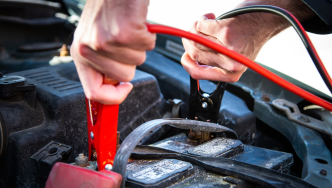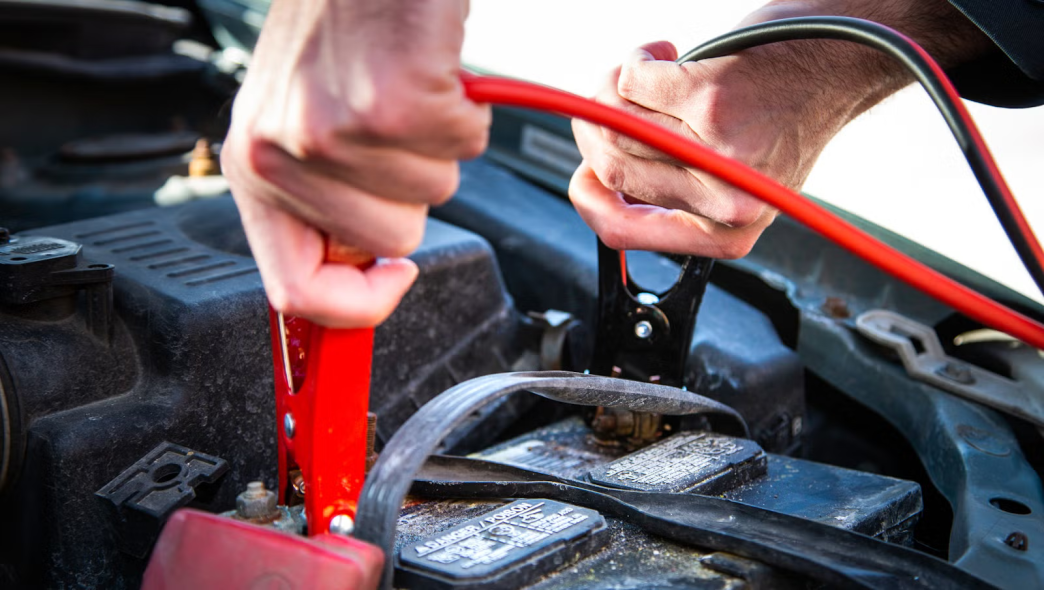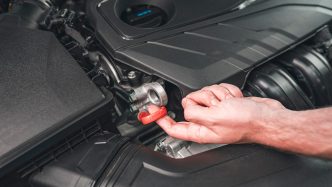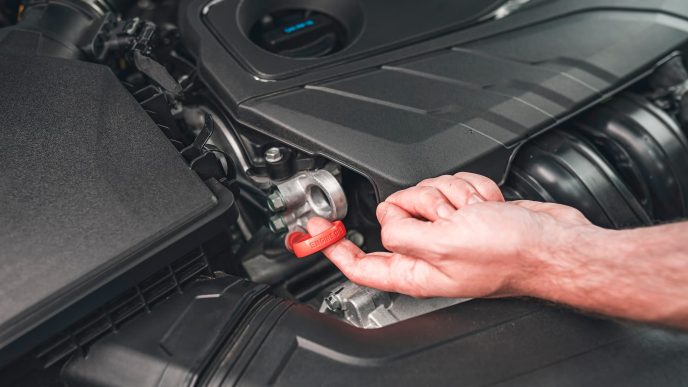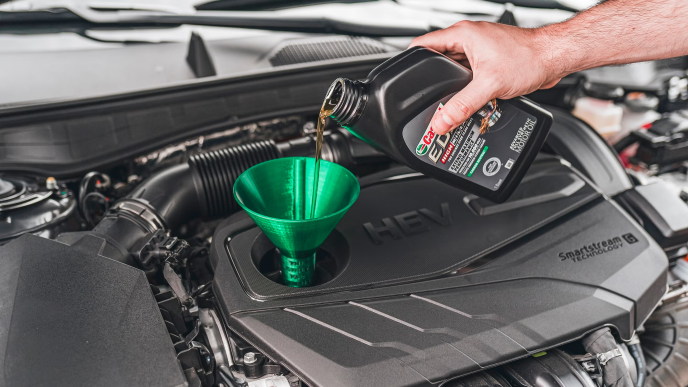Car batteries have terrible timing — they always seem to die when you least expect it. So, what can you do when your car suddenly won’t start because the battery’s drained? You could use a portable jump starter or, in a pinch, ask a neighbor or friend for a jump. (Good luck doing that with an avocado.) But even after a successful jump, your job isn’t done — the battery still needs a proper recharge.
This is especially important if you won’t be driving regularly afterward — say, if you’re storing your car for winter or heading out on vacation soon.
Luckily, getting your hands on a charger is easy. You can find them at any auto parts store or order one online from retailers like Amazon.
Once you’ve got a charger, don’t wait around — it’s simple to use. Here’s how to safely recharge or maintain your car battery in five straightforward steps, complete with helpful video clips.
What to Expect
Setup time: about 5 minutes. Charging can take anywhere from 1–6 hours, and a full recharge might need to run overnight.
Skill level: Beginner.
If you can’t find your car’s battery terminals under the hood, save yourself frustration and check the owner’s manual.
What You’ll Need
Here’s a short list of what you’ll want on hand:
- Battery charger
- Magnetic light
- Extension cord (optional)
- Small screwdriver (for removing battery covers, if necessary)
How to Recharge Your Car Battery: Step-by-Step
Step 1: Locate the battery and terminals
In most cars, the battery sits under the hood. The positive terminal is marked with a “+,” and the negative with a “−.” Some batteries hide under plastic covers that need to be flipped open. In a few vehicles — especially sedans and SUVs — the battery might live in the trunk, but you’ll usually find an extra positive terminal under the hood for convenience. If you’re unsure where to connect, your owner’s manual is your best friend.
Step 2: Make sure the charger is unplugged and off
Before connecting anything, double-check that the charger is switched off and unplugged. You don’t want any live current sparking while attaching the clamps — especially if your battery might be leaking. Take a minute to read the instructions for your specific model, as every charger works a bit differently.
Step 3: Connect the charger to the battery
Attach the red clamp to the battery’s positive terminal first, then connect the black clamp to the negative terminal. Wiggle them slightly to ensure they’re making firm contact. For extra safety, position the charger itself as far from the battery as the cables allow.
Step 4: Plug it in and start charging
Once connected, plug in the charger and power it on. Some chargers automatically detect the battery type; others need you to set it manually. Choose your amperage — higher amps mean a faster charge, while lower amps take longer but are gentler on the battery and help extend its life.
Many chargers automatically shut off when the job’s done, while others show a gauge or indicator to signal when the battery is fully charged. Standard chargers deliver 2–6 amps, which can take several hours to revive a dead battery. Always follow your specific charger’s instructions to ensure correct use.
Step 5: Disconnect when done
Once your battery is charged, turn off the charger and unplug it. Remove the clamps, starting with the black (negative) one first. That’s it — your battery is ready to roll again.
FAQs
How long does it take to charge a car battery?
That depends on the charger’s output. Most models range from 1–3 amps (a “trickle” charge) up to 8–12 amps. Higher amperage charges faster but can stress the battery over time. A slow trickle charge usually restores a weak battery overnight, while a stronger charge might get the job done in 1–6 hours.
How long does it take to charge a completely dead battery?
Patience pays off here. Letting the charger work overnight at low amperage is best for a fully drained battery, as it helps prevent additional cell damage. You can charge faster, but rushing risks shortening the battery’s life.
How can I charge a battery at home?
All you need is a charger and an outlet. Locate the battery terminals, make sure the charger is unplugged and off, connect it to the terminals, plug it in, set your desired charge level, and let it work.
Can I charge a car battery without a charger?
Technically, yes — that’s what your car’s alternator does. It’s a small generator powered by the engine that recharges the battery as you drive. If your battery keeps dying, a faulty alternator might be the culprit. Every car battery needs a charging source, and when the alternator stops doing its job, problems start.
How to Tell If a Car Battery Is Dead
When people say a battery is “dead,” it usually just means it’s low on charge, not completely gone. A simple recharge can often bring it back to life.
If your car struggles to start — perhaps you hear a faint “tick-tick-tick” or the engine cranks sluggishly — the battery is likely weak. You may even see a red battery icon light up on your dashboard, signaling an issue with the charging system.
Jump-starting can get you going again, but don’t stop there. Connect the battery to a charger to see if it can hold a charge. If it can’t, your next steps might involve checking the alternator or testing for power drains.
A trusted mechanic can also perform a battery test to measure its condition and determine if it needs replacement. Paying a little for a professional check can save you hours of frustration later.
Ultimately, if your car only starts with a jump, something’s wrong — and ignoring it won’t make it go away. Take the time to find out whether the issue is the battery, the alternator, or something else, so you don’t get stranded again when you least expect it.
